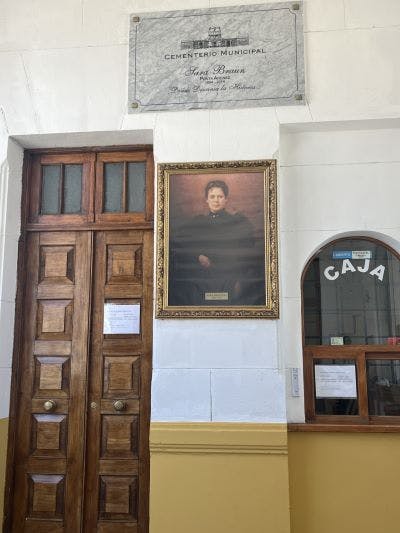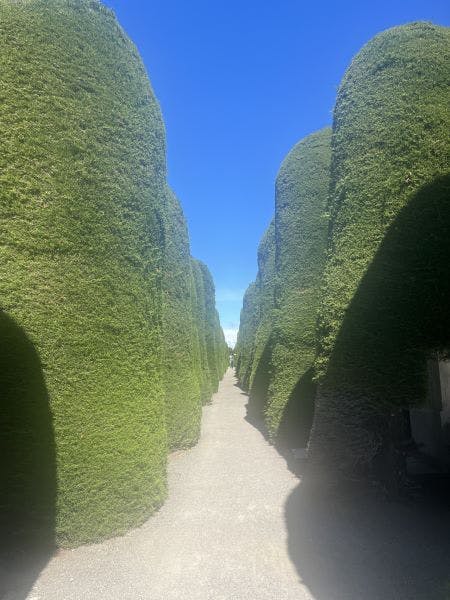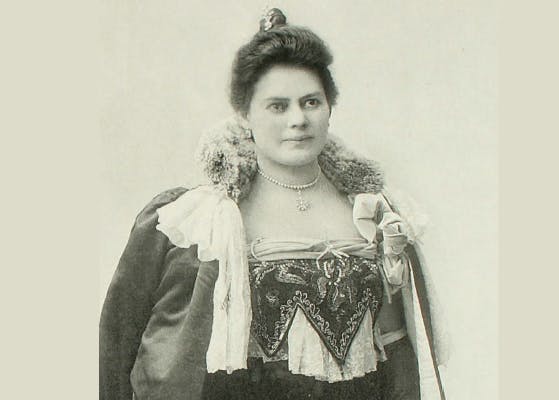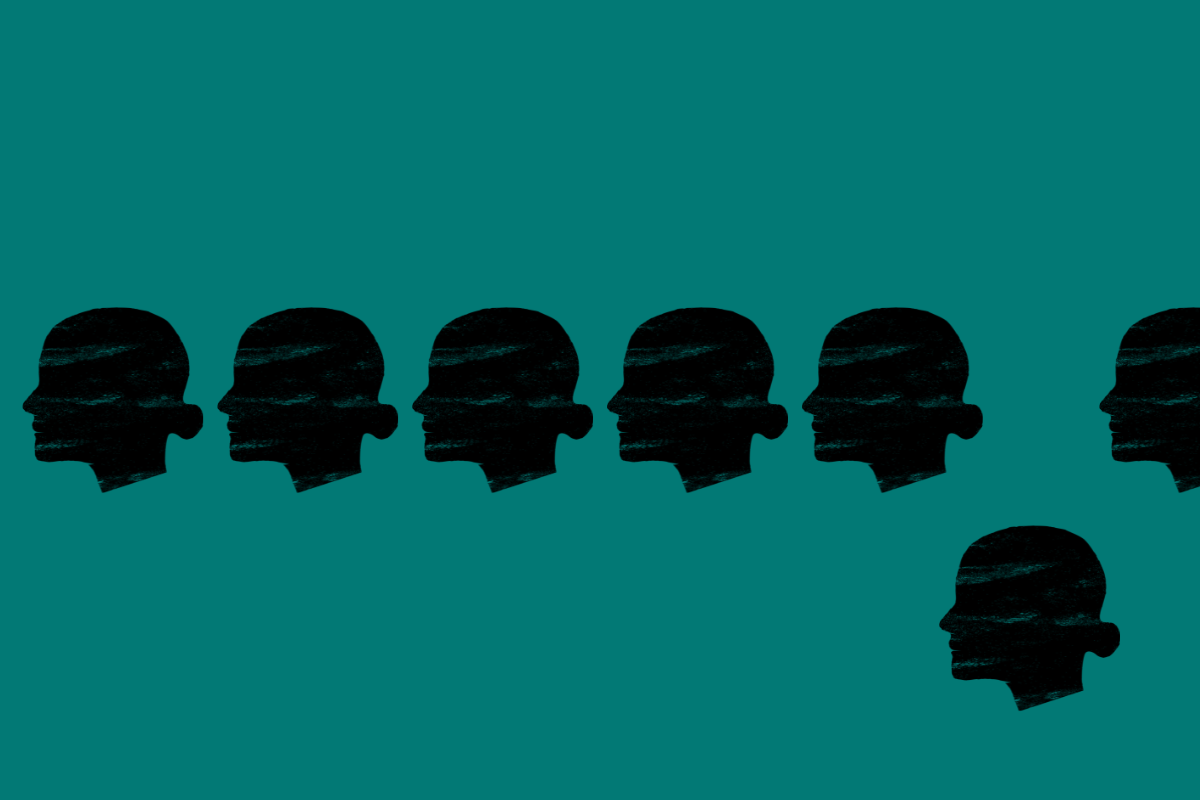Published: 13 March 2024
Last updated: 21 March 2024
SIDRA KRANZ MOSHINSKY travels to southern Chile and finds a story that feels remarkably familiar to Australian Jews.
Wherever we go, we take ourselves with us. So it was that I found myself at a town that felt very much like, if the earth were flat, here is where you would drop off.
Punta Arenas is located at the end of a highway called Ruta del Fin del Mundo (“end of the world” in Spanish), in the far south of Chile, pretty much the last stop before heading off to Antarctica.
Amid the bracing icy winds, the sea birds and the grand but dilapidated buildings of what was once a thriving port, my ears pricked up as my Jewish radar registered a signal: name Sara Braun… successful business woman late 19th-early 20th century… major philanthropist… surely one of the tribe?
I was visiting Cemetery of Punta Arenas Sara Braun, a historic graveyard ranked by CNN as one of the 10 most beautiful cemeteries in the world.
The cemetery is named in Braun’s honour because she provided the land and grand entrance, which, curiously, was closed in 1955 when she died. Visitors must enter through an adjacent gate, where they face an oil painting of the gracious benefactor.

The threads of the story of Sara Braun are at once uniquely hers and quintessentially representative of the wider story of Jewish history and her-story.
Sara Braun, born in 1862, was the eldest of the seven children of Sofia Hamburger and Elias Braun. The family started off in Talsi, then part of the Russian empire (now Latvia), a small town that fell within the Pale of Settlement, a restricted and largely impoverished area in which Jews were forced to live. Fearful of further antisemitic persecution, the Braun family travelled across Europe and then immigrated to South America in 1872, initially moving between Argentina and Paraguay in a quest for stable employment.
Around this time, the Chilean government was recruiting people to settle in its newly colonised Magallanes region and the family decided to move there, along with 46 other immigrants. When they arrived in 1874, Sara Braun was 12 years old. –
Remote, rough, tough, strange and sparsely populated the experience of arriving at this “end of the world” destination would not have been dissimilar to the experience of Jewish immigrants arriving in the Australian colonies in the 19th century, except significantly colder and wetter.
The flip side of the same coin was that this place, like others in the ‘New World’, offered opportunity for a poor and dispossessed Jewish family to aspire and prosper. Here one could reinvent oneself - socially, culturally and economically - largely freed of the impositions and restrictions of Eastern Europe at that time.
Sara Braun attended the Magellanes (now Punta Arenas) local public school and assisted with the care of her six younger siblings. Meanwhile her father soon rose from his lowly tinsmith work to gain employment with José Nogueira, a successful Portuguese shipping magnate and one of the wealthiest businessmen in the area, overseeing his naval warehouse in the town.
Upon finishing school, Sara Braun assisted with administration there and came to meet Nogueira. The two were married in 1887; she was 24 and he was 42. The religious affiliation of her and her family at this time is unclear. Did they maintain some form of Jewish identity in this far-flung place? Some sources indicate they may have hidden it out of fear of antisemitism following them. There is a suggestion she or they may have converted to Russian Orthodoxy, as the mausoleum in which she was buried suggests.
Actively sharing in what was initially her husband’s business and bringing in some of her brothers, the Braun-Noguiera empire soon grew, involving extensive sheep farming, import and export and the opening up of the Tierra del Fuego region. Sara Braun proved to be an astute businesswoman, with sound instincts and a clear vision. When José Nogueira died of TB in 1893, just six years after they married, she continued to run and grow the business. She had no children, as is so often a feature of notable women of history.

Braun’s legacy is mixed. It must be noted that the sheep industry in which she was so heavily involved displaced the Selk’nam people, the nomadic and original inhabitants of Patagonia, and fences cut off their access to their vital food source, the guanaco. Later the Selk’nam were forcibly removed and there are suggestions of killings by a shareholder of one of the companies she led.
This scholarship and understanding is relatively recent. For years, Sara Braun was lauded as a major contributor to the growth of the region and for her extensive humanitarian and philanthropic endeavours. She recognised that workers needed better housing conditions and distributed much of her wealth to various benevolent institutions and established educational scholarships. Her palatial home in Punta Arenas, designed by a French architect with the finest furnishings imported from the continent, still stands and is now an historical museum and classified as a national monument.
When I visit the graves of my grandparents, born in Poland, I often find myself thinking that there is no way they could have imagined in their youth that the twists, turns, tragedies and opportunities of life would lead them to be buried under gum trees in Australia. The same could be said of Sara Braun and her family’s beginnings in the Pale and ending under the cypress trees of Punta Arenas cemetery. And of so many parallel stories of exile and migration, of seeking to make the best of things with what you’ve got.




Comments
No comments on this article yet. Be the first to add your thoughts.